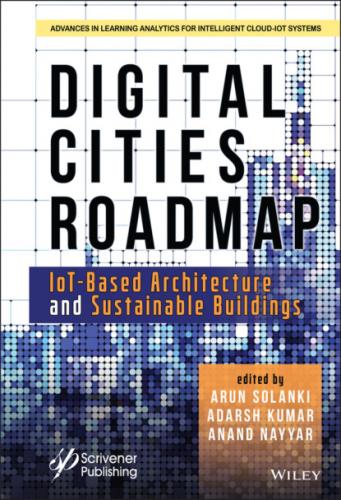Ensemble Methods: The community of classification models that are educated separately and then predictions are merged in a way that generates the ultimate prevision, also referred to as classifier ensemble.
Unsupervised learning implies designing algorithms to use data that have no labeling to evaluate the behavior or structure being analyzed. The algorithm is the best techniques to work on its own to discover patterns and information that was previously undetected. Clustering, anomaly, detection, Neural Networks etc. are all the examples of unsupervised learning.
Clustering: The internal groupings in the products, such as the grouping of customers, are investigated through a clustering problem. Modeling approaches including centroid-based and hierarchical are typically organized through clustering techniques.
Association: The question of the association rule is used to classify laws that describe significant quantities of input data, such as individuals who purchase X products, who also purchase Y objects. Association research can be achieved by evaluating rules for repeated if/then statement inputs and utilizing help requirements and trust to distinguish associations between unconnected data in a relational database.
Semi-Supervised Learning: Semi-controlled instruction is between approaches regulated and unregulated. Information is a labeled and blank experimental combination. Such architectures are synthetic are intended to consider and counteract the weaknesses of the main groups.
Reinforcement Learning: To order to optimize the principle of accrual compensation, enhanced learning, an ML area influenced by behavioral science, is concerned with the way virtual agents are to work to an environment. RL algorithms are used to learn policy of control, particularly if no prior information exists and a large amount of training data are available.
1.10.5 Machine Learning Tasks in Smart Building Environment
The key ML activities that are applicable to SB will be identified. For the general description of ML activities in SBs and measures to incorporate ML in an SB setting the reader is alluded to in Figure 1.24.
Collecting and collecting data: A range of methods were used to collect data, each of varying resources, energy consumption and networking deals. Sensors and related artifacts in SBs simultaneously produce raw information and these devices can store or record the information on monitored components for a specified period of time.
Figure 1.24 ML tasks in SB Environment.
It can be utilized by decision-makers, planners, running and sustaining staff and building customers, many healthcare services and so on.
Data Pre-processing: Much data is generated in SBs by sensors from various sources with specific formats and architectures. The data come from different sources. This knowledge is not usually ready to be evaluated, since its poor battery capacity, bad tuning, access to numerous harmful elements and intervention may be incomplete or redundant.
Dimensionality Reduction: Raising volumes of raw data from heterogenous and all-embracing sensors used in SBs are enormous. The bulk of data from these sensors is redundant and needs to be minimized by utilizing techniques to limit their dimensionality to a smaller number of features without missing any valuable details.
1.10.6 ML Tools and Services for Smart Building
The
